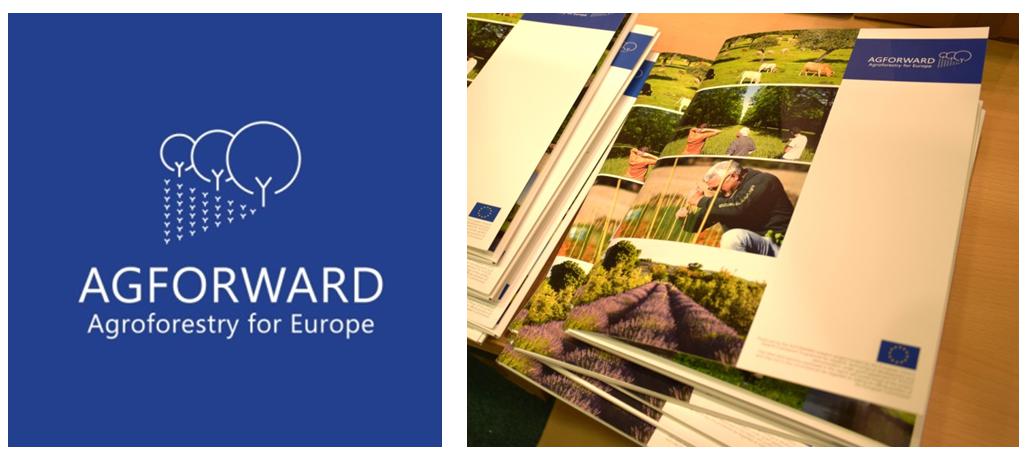Guidelines for improved agroforestry systems for livestock production

This Deliverable within work-package 5 summarises and presents eight “Agroforestry Innovation” leaflets that provide guidelines for improved agroforestry systems for livestock production. The relevant innovation leaflets are also available on the individual web-pages for each stakeholder group and on the Resources page of the AGFORWARD website.
Some of the main results are:
- Across livestock species, including trees in the range areas benefits animal welfare by providing shade (Leaflets 41, 42, 44 and 45) which can, for example, support thermo-regulation and reduce sun-burn in pigs. In particular for hens, trees also provide protection against predators, stimulating the hens to use a larger proportion of the outdoor range and thereby minimize infection risk and hot spots with excessive nutrient load.
- In general, including trees in the range area is a means to obtain a higher production and income from the range area occupied. In addition for ruminants, tree leaves can provide fodder and especially micronutrients (Leaflets 44, 45 and 46).
- In addition, a number of environmental benefits might be achieved such as increased biodiversity (Leaflets 44, 45 and 46), soil carbon sequestration (Leaflets 43 and 44) and protection against soil erosion (Leaflet 44). Also, including poultry can diminish the need for chemical pest control in an apple orchard (Leaflet 39).
- A main challenge across the systems is the protection of the young trees against damage from the livestock. Practices to avoid this are described in Leaflets 39, 41, 42, 45 and 46.
Hermansen, J.E., Bestman, M., Westaway, S., Kongsted, A.G., Bondesan, V., Mosquera-Losada, M.R., Luske, B., Novak, S., Smith, J. (2017). Guidelines for improved agroforestry systems for livestock production. Deliverable 5.15 (5.3) for EU FP7 Research Project: AGFORWARD 613520. (15 January 2018). 23 pp.